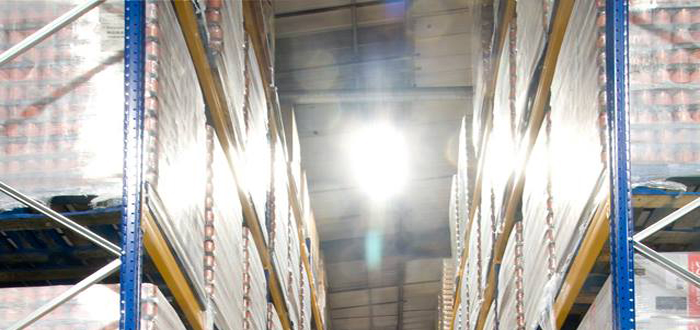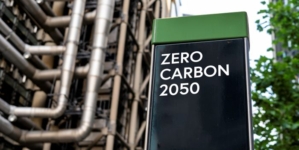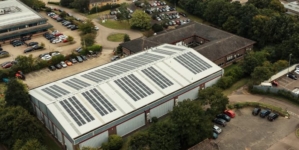-
Sparck Technologies awarded Royal designation - March 27, 2025
-
OpenADR Alliance announces first OpenADR 3.0 certified products with EVoke Systems, E.ON Energy and Universal Devices - March 25, 2025
-
Growing fulfilment and contract packer appoints new Managing Director - March 25, 2025
-
When is it time to invest in a WMS? Understanding the key trigger points - March 25, 2025
-
eCapital helps Vantage Recruitment on its journey to financial success - March 24, 2025
-
Hugo Beck Celebrates 70 Years of Packaging Innovation with Open House Events - March 20, 2025
-
PROLOG FULFILMENT SUPPORTS LUNA DAILY’S COMMITMENT TO BETTER BODY CARE FOR ALL WOMEN - March 19, 2025
-
Motion Ventures launches largest-ever maritime tech fund at $100M to meet the industry’s new pace of adoption - March 18, 2025
-
ITD GLOBAL APPOINTS GROUP CHIEF REVENUE OFFICER - March 17, 2025
-
SURECAM TEAMS UP WITH ENTERPRISE FLEX-E-RENT FOR VEHICLE REPAIR & MAINTENANCE CONFERENCE - March 14, 2025
Lighting efficiency should be at the heart of any serious environmental policy.
Despite the great strides taken in recent years to run businesses in a more environmentally-friendly way, companies are still failing to cut their energy burn and its costing their shareholders – and the planet – dearly.
“Firms across all industry sectors like to play the ‘green card’ by being seen to add solar panels to their buildings, put up wind turbines in the car park and plant flowers on roundabouts, but a plan to reduce energy consumption has to be the starting point for any realistic energy efficiency policy,” says David Fanthorpe, senior lighting systems designer at Leicestershire-based luminaire specialist, Ecolighting.
Nothing burns more energy within a building than lighting. In fact, it is estimated than in a warehouse or distribution centre unit, for example, lighting costs account for around 70 per cent of the annual energy spend.
But, replacing old and inefficient sodium light fittings with ultra-efficient, modern LED luminaires can dramatically cut these, costs –and the CO2 emissions that go with them.
“At one logistics company where we recently upgraded the warehouse lighting, the yearly lighting bill went from £6116 to £937 – a saving of £5179 (83 per cent) in 12 months. The company’s annual CO2 emissions were slashed to: from 29,482 kg to 4,999 kg,” says David Fanthorpe.
He continues: “At a similar operator’s site we were able to cut annual lighting costs from £15,035 to £3,030 – an annual saving of over £12,00 or 80 per cent. CO2 emissions went from 84,321 kg to 16,992 kg.”
“Introducing energy efficient lighting will reduce any company’s CO2 emissions and save a sizable chunk of the money they are spending on energy. Any company that is serious about its environmental credibility and minimising operating costs, simply has to review its lighting policy.” www.ecolightinguk.com
































